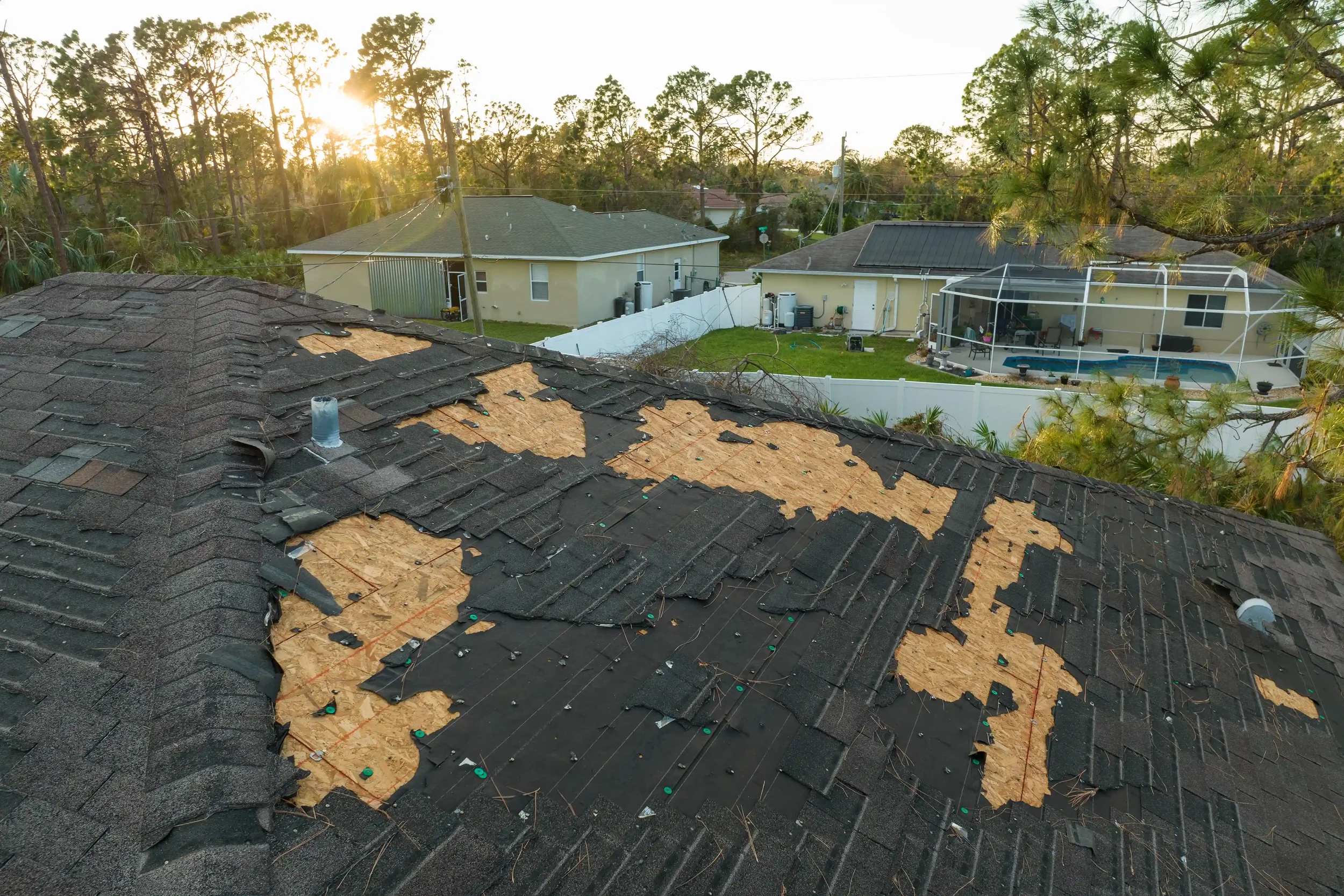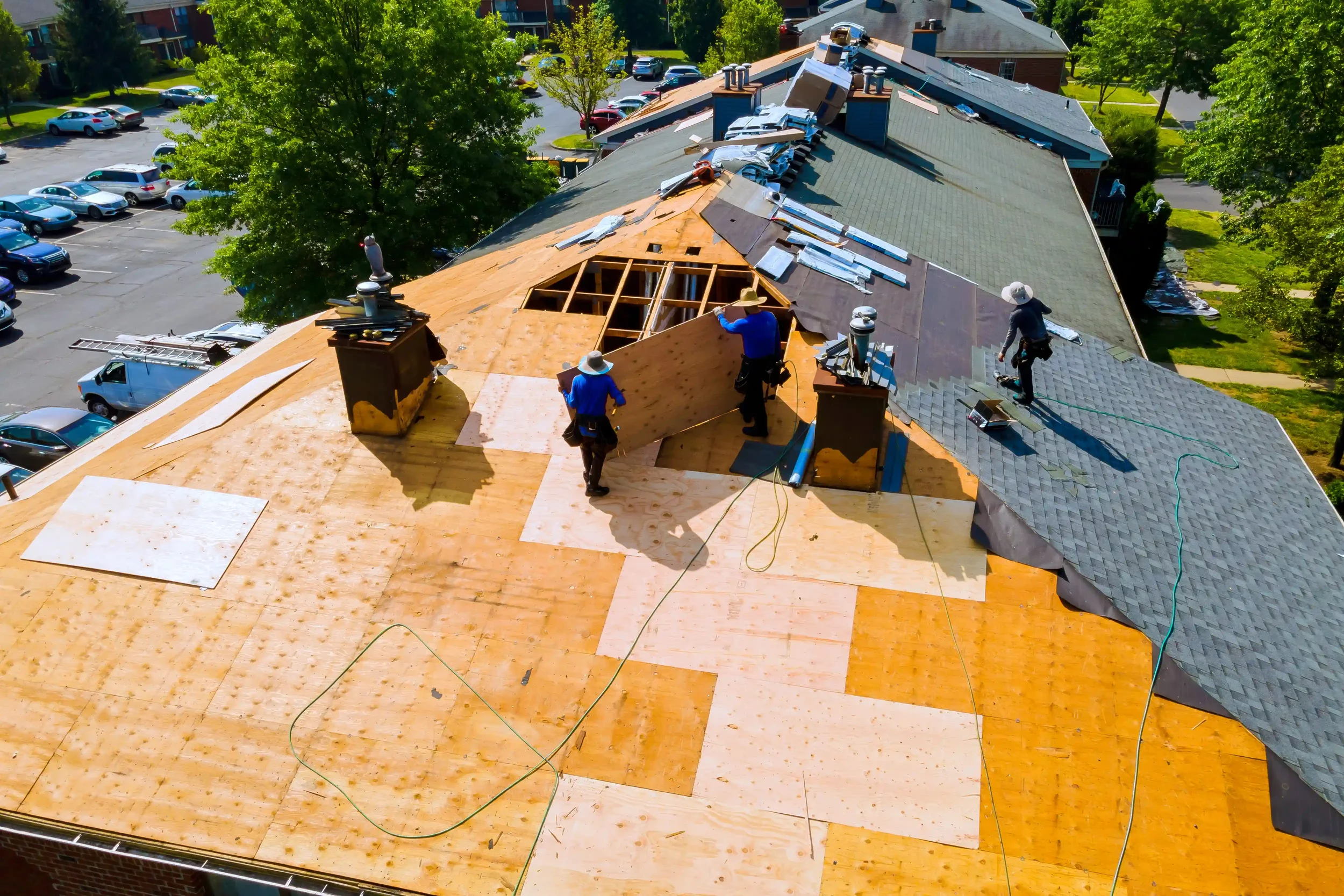10 Important Signs You May Need a New Roof
If you’re like most New Jersey homeowners, your roof isn’t something you think about every day. It’s just there, quietly protecting your home from rain, snow, wind, and the summer sun. But here’s the truth: even the strongest roofs have a lifespan, and when they start to fail, small problems can quickly turn into costly repairs.
At NJ Gold Star Construction, we’ve seen it all — from a few curling shingles to full roof replacements after storm damage. And here’s what we’ve learned: spotting the early signs of roof trouble can save you time, money, and a whole lot of stress.
Let’s break down the 10 most important signs you may need a new roof and what to do if you notice them.
1. Cracked, Curling, Buckling, or Missing Shingles
Shingles are your roof’s first line of defense. When they’re in good shape, water flows right off. But when shingles start cracking, curling at the edges, buckling in the middle, or going missing altogether, your roof’s protection weakens.
Here in New Jersey, harsh winters and hot summers speed up this wear and tear. If you see multiple shingles out of place, it’s not just a cosmetic issue — it’s a warning sign. Left unchecked, water can sneak underneath and cause leaks, rot, or mold growth.
2. Moss, Mold, or Algae Growth
A little green on your roof might seem harmless, but moss and algae hold onto moisture. Over time, that moisture eats away at shingles and weakens your roof’s structure.
In humid areas of New Jersey, this is especially common. And while you might be tempted to pressure wash it off, that can actually damage shingles. Instead, treat this as a red flag: if moss is spreading, your roof may need professional cleaning or even replacement.
“If you’re unsure whether a few damaged shingles call for repair or replacement, our Ultimate Guide to Roof Replacement, Repairs, and Maintenance covers the differences in detail.”
3. Granules in Gutters or Downspouts
Ever clean your gutters and notice small, sand-like particles? Those are granules from your shingles, and they’re there for a reason: they protect against UV rays and weather.
When granules start washing away in large amounts, it means your shingles are breaking down. Without them, your roof becomes more vulnerable to sun damage and water infiltration. If your roof is 10+ years old and you see granules piling up, it’s a strong signal that replacement may be on the horizon.
4. Damaged, Corroded, or Missing Flashing
Flashing is the thin metal installed around chimneys, skylights, and vents. It’s what keeps water from sneaking into the cracks and edges.
When flashing becomes loose, corroded, or goes missing, water can seep in. This leads to leaks, interior water stains, and even structural issues if left unchecked. Think of flashing as your roof’s “seal.” If the seal is broken, the whole system is at risk.
5. Daylight Visible in the Attic
This one’s straightforward: if you can see daylight through your roof boards while standing in the attic, water can get through too.
Small pinholes might start as minor leaks, but they expand quickly. After heavy rain or snow, inspect your attic. If sunlight (or worse, water) is getting through, it’s time to call a roofing expert before the problem escalates.
6. Water Stains, Musty Smells, or Peeling Paint Inside
Roof problems don’t always start on the outside. Sometimes, your first clue is inside your home.
Look up: do you see brown water stains on your ceiling or walls? Do you notice peeling paint, bubbling plaster, or musty odors? These are signs of water intrusion from above. Ignoring them can lead to mold growth, structural damage, and costly repairs.
7. Sagging Roof Line or Deck
A sagging roof is one of the clearest — and most dangerous — signs of trouble. It usually means there’s a structural issue, like weakened rafters or waterlogged decking.
Stand back from your house and look at the roofline. It should be straight. If you notice dips, curves, or sagging sections, don’t wait. This isn’t just a “new roof” issue — it’s a safety issue. Immediate professional help is needed.
8. Sudden Increase in Energy Bills
A failing roof doesn’t just let in water — it can also let your home’s heat escape. If your energy bills have suddenly spiked, poor roof insulation or ventilation may be the culprit.
Hot summers in New Jersey mean your AC works overtime if your roof isn’t doing its job. Similarly, in winter, heat loss through the roof makes your furnace run constantly. Replacing a failing roof can improve efficiency, lower bills, and keep your home more comfortable year-round.
9. Roof Age Exceeding Its Lifespan
Sometimes the biggest sign isn’t visible — it’s simply age.
Every roofing material has a lifespan:
Asphalt shingles: 20–30 years
Metal: 40–70 years
Slate: 75–150 years
If your roof is approaching or past its expected lifespan, it’s smart to schedule an inspection, even if you don’t see obvious problems yet. An older roof may still “look okay” but be vulnerable to sudden failure during storms.
10. Hail Damage, Blistering, or Splitting Shingles
Storm damage is a major factor for New Jersey homeowners. Hail dents, blistered shingles (caused by trapped moisture), and split shingles all compromise your roof’s strength.
After severe weather, walk around your property and check for visible damage. If shingles look cracked, pitted, or uneven, don’t ignore it. Storm damage can shorten your roof’s lifespan dramatically.
Protecting Your Home with the Right Roofing Partner
Your roof isn’t just shingles and nails — it’s your home’s shield against the elements. And like any shield, it wears down over time. The good news? Catching these 10 signs early can help you avoid costly repairs and keep your home safe.
At NJ Gold Star Construction, we’ve helped countless New Jersey homeowners navigate roof repairs and roof replacements with confidence. If you’re dealing with missing shingles, leaks, or a roof that’s simply reaching the end of its lifespan, our team is here to help.
If you’ve noticed any of these warning signs, don’t wait until it’s too late. Contact NJ Gold Star Construction today — let’s make sure your roof is protecting what matters most.



